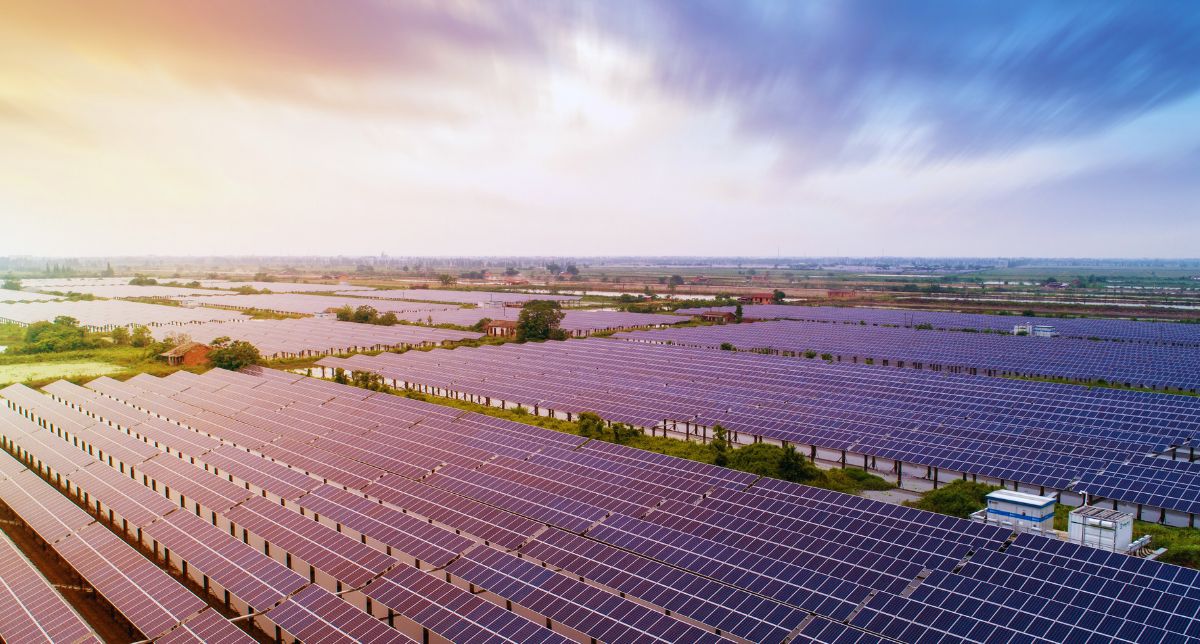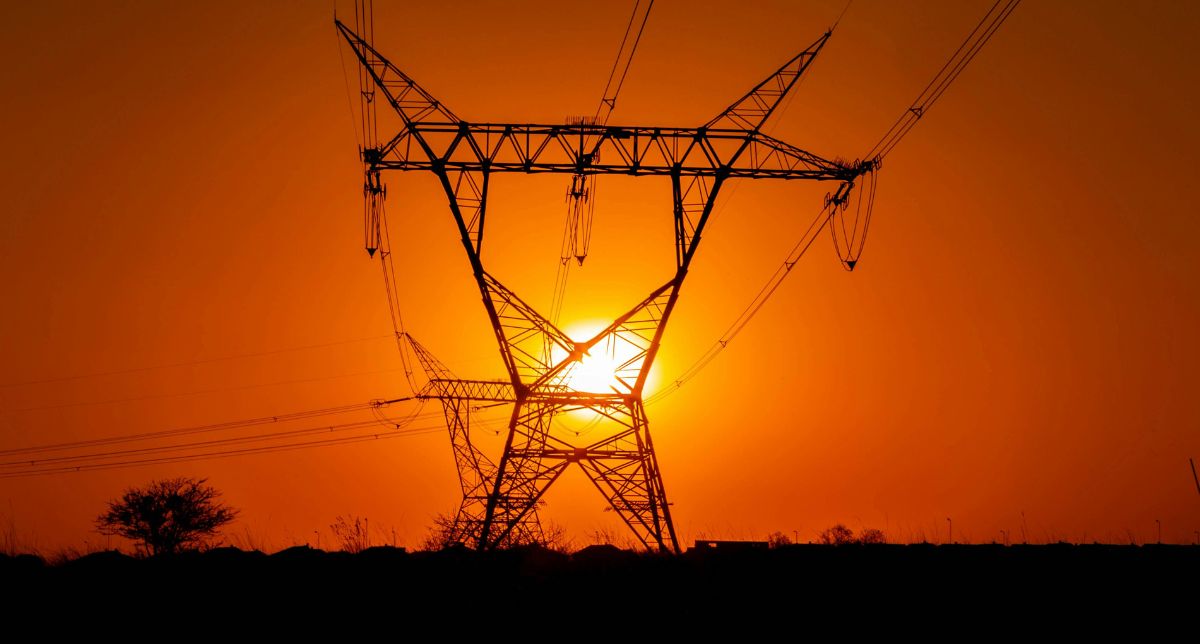In recent days, the Brazilian power sector has once again become the focus of strategic discussions in the energy market. Three main factors have drawn attention: the downward revision of energy demand by the National System Operator (ONS), the contradiction between the abundance of solar energy and high consumer tariffs, and the new Provisional Measure No. 1,300, which threatens to make a large share of distributed generation projects in the country unfeasible.
When analyzed together, these elements reveal not only the immediate risks and challenges for the sector, but also opportunities for companies that know how to position themselves with clarity, innovation, and ESG commitment.
The decline in electricity demand and its impacts
The ONS announced that energy demand in September is expected to fall by 2.3% compared to the previous year, revising its initial projection of -2.0%. This trend reflects greater energy efficiency, changes in consumption patterns, and economic slowdown.
For power generators and traders, the drop in demand signals the need for greater portfolio management flexibility, while also creating room to intensify export and storage strategies. For free-market consumers and investors, it is a warning sign of how volatile the market can become when faced with unexpected fluctuations.
The solar energy paradox and high tariffs
At the same time, debate has grown around the so-called “solar energy paradox.” Although Brazil is now one of the global leaders in expanding photovoltaic generation, particularly distributed generation, consumers continue to face high electricity bills — often burdened by tariff flags such as the red flag.
This mismatch has both technical and regulatory explanations: grid costs, sectoral charges, cross-subsidies, and the very methodology used to calculate tariff flags. The abundance of renewable energy does not automatically translate into lower tariffs, underscoring the importance of a broad debate on modernizing Brazil’s tariff model.

MP 1,300: regulatory uncertainty on the agenda
Provisional Measure No. 1,300 has raised major concerns in the market. The proposed changes to the distributed generation framework could drastically reduce the economic attractiveness of new projects, with estimates suggesting up to 80% of ongoing initiatives may become unfeasible.
Regulatory uncertainty is one of the main barriers to investment in renewable energy. Abrupt changes reduce predictability, increase risks, and may drive away foreign capital at a time when Brazil needs to consolidate itself as a strategic destination for the global energy transition.
Companies strengthening amid turbulence
Amid this scenario, some companies have stood out by reinforcing clear expansion targets in clean energy. One example is Kroma Energia, which increased its investments and remained among the 1,000 largest companies in the country, according to the Valor 1000 ranking. This type of positioning shows that even in the face of uncertainty, there is room for sustainable growth and long-term vision.
The strategic clean energy agenda
In the coming months, the sector will likely continue to be shaped by three central pillars:
- Unstable demand — requiring sharper market intelligence.
- Regulatory review — bringing risks but also opportunities for dialogue and consensus-building.
- Renewables expansion — moving at a fast pace, but requiring market adjustments to effectively benefit consumers.
The energy transition in Brazil is not merely an environmental or regulatory issue. It is a strategic business movement that demands clarity, adaptability, and global vision.

Comment